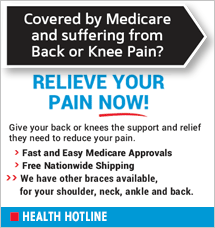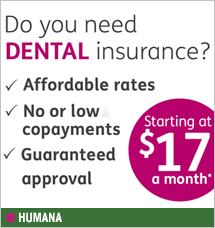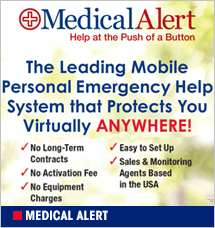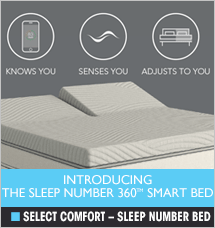Dollar Sense
It’s That Time Again – Medicare Open Enrollment: What’s New for 2018?

Here it comes again. Medicare Open Enrollment begins October 15 and runs through December 7. If you need to make certain changes to your Medicare plan, now’s the time. But go slowly, advises Medicare, and consider your current and foreseeable needs carefully. You may find you’re perfectly happy with your plan as it is. But here are some aspects of your coverage to think through.
- If you have original Medicare and a supplemental plan and are happy with your coverage, you don’t need to change.
- f you’re not happy with your coverage, shop around for the plan that meets your needs.
- If you have Medicare Advantage or Part D, you should know the costs change yearly so review your coverage yearly.
- Be sure to read your Annual Notice of Change (ANOC) for cost changes. You should have received this notice by September 30. If you haven’t received your ANOC or can’t find it, contact your Medicare plan, using the phone number on the back of your plan membership card.
- If you decide to change your coverage, don’t call the plan. Instead, call 800-MEDICARE. When you speak with a representative, take notes on what you are told, the date, and the name of the person you spoke with.
You may also have to pay higher premiums if you didn’t enroll in Part B or D when you first became eligible, due to premium penalties for late enrollment.
What Changes Are Expected for Medicare in 2018?
- New cards. For one thing, you should be receiving a new, safer benefits card. Next April, Medicare beneficiaries will begin receiving new Medicare cards, with new numbers. Why? Because current cards display your Social Security number, an obvious risk. Senior advocacy groups have been fighting for this change for a long time, and the federal government finally listened. In September 2017, Social Security announced that in an effort to increase your security, the first new cards will be mailed beginning in April 2018. The process of replacing all cards is long and could take up to a year, so be patient.
The new cards will display randomly generated ID numbers. So once you get yours, securely dispose of your old card, preferably by shredding it. Until then be sure to guard your old card carefully.
- Prescription drugs. Under the current plan, the Medicare Part D deductible will rise slightly from $400 per year currently, to $405 in 2018.
If you’re in the donut hole, you know that there is a gap in prescription drug coverage, once you reach the initial coverage limit. In 2018 that limit is $3,750 (up from $3,700 in 2017) and ends when spending reaches $5,000. By 2020, the donut hole is scheduled to close entirely and go away… though this could change. Assuming the donut hole does close, enrollees will pay 25% of the cost of drugs, up to the catastrophic coverage limit.
For 2018, enrollees will pay 35% of the cost of brand name drugs, and 44% of the cost of generic drugs (these figures are down from 2017, when you paid 40% of brand name drug cost and 51% of generic drug cost).
- Part B premiums. In 2017, most Medicare Part B enrollees pay $109 per month for Part B premiums, though those with higher incomes paid more. The average premium was $134 per month – mostly for people who gained initial Part B coverage in 2017, for higher income individuals, and for those who receive Medicare Part B but aren’t yet taking Social Security benefits.
As of this writing, the Part B premiums for 2018 haven’t yet been set, but for all but those with higher incomes, these premiums are expected to level out in the new year.
What qualifies as “higher income?”
- For single individuals, high income begins at $85,001 and tops at $107,000.
- For married couples, the range is $170,001 to $214,000.
- For 2018, those who have income within those ranges will not likely see any changes to their premiums, but those with incomes above the upper limits could bump up to another price bracket.
You should know, if you go to Plan Finder on the Medicare.gov website, the premiums listed there are the basic premiums, not those for higher income people. Here’s the full address: https://www.medicare.gov/find-a-plan/questions/home.aspx.
Help Making Medicare Decisions
Sometime this fall, Medicare will make more information available to the public on Medicare.gov. Remember, when you’re ready to make changes (assuming you do change) or if you need help deciding what to do, call 800-MEDICARE to speak to a representative. You can also log onto Medicare.gov by going to https://www.medicare.gov/Contacts/ and look for a representative in your area.
Teresa Ambord is a former accountant and Enrolled Agent with the IRS. Now she writes full time from her home, mostly for business, and about family when the inspiration strikes.



























































